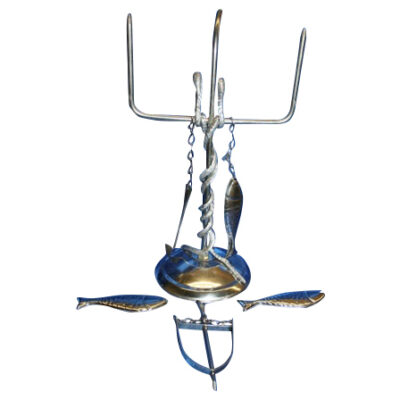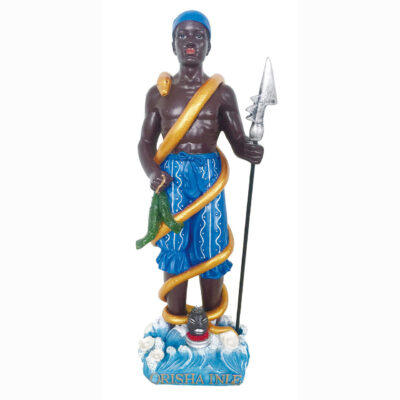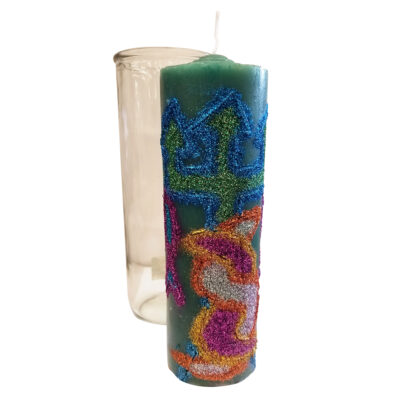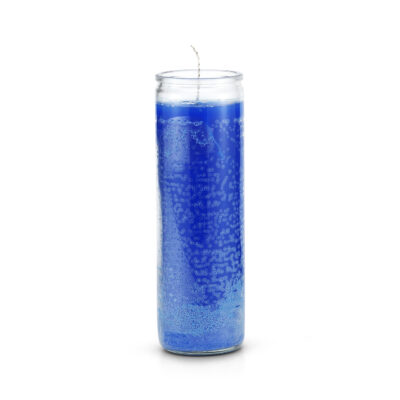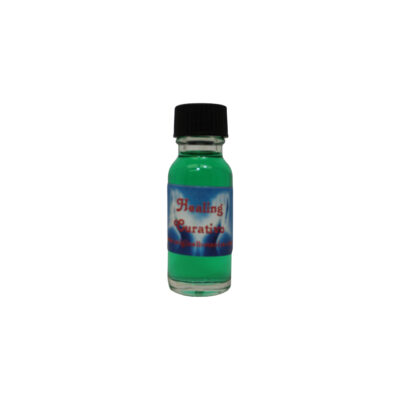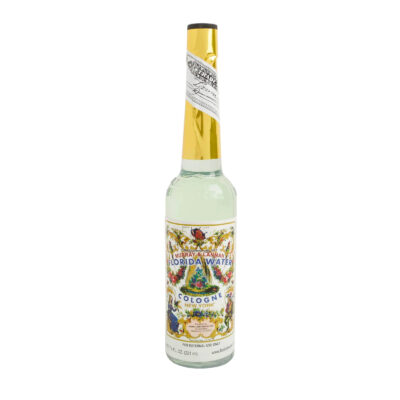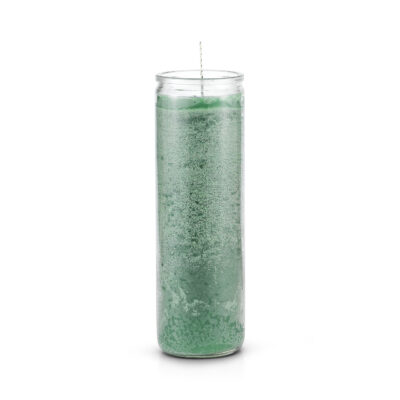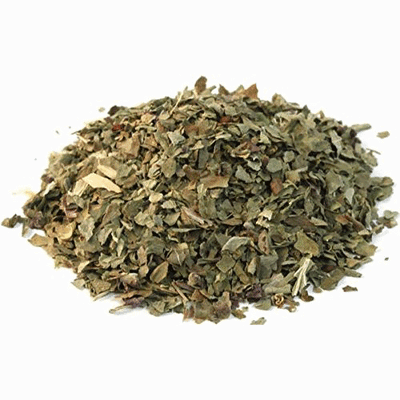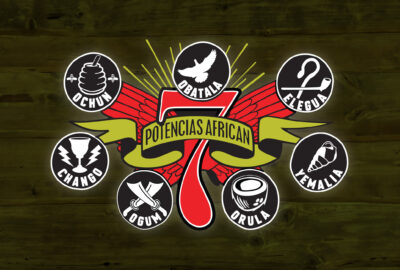
Inle: Orisha of Healing, Waters, and Transformation
Inle—also known as Erinle or Eyinle—is a revered and powerful Orisha in the Yoruba spiritual tradition and practices like Santería and Lukumi. While his presence is strongest in these lineages, some of his energy is echoed in other African diasporic paths. He is the divine physician, a master of herbal wisdom, and a sacred guide for healing and spiritual renewal. Inle dwells where the river meets the sea, the place where sweet and salty waters flow together. This is where his energy is strongest—a place of balance, harmony, and transformation.
Calm yet powerful, Inle brings clarity to confusion, healing to suffering, and strength to uncertainty. He walks beside those navigating illness or personal change, guiding them gently toward wholeness. As the sacred healer of the Orishas, his presence brings deep peace and resilience.
Inle’s Sacred Story
Inle’s name, Erinle, can be translated as “Elephant of the Earth”—a title that reflects his strength, wisdom, and connection to nature. In stories passed down over time, Inle was a skilled hunter and fisherman who knew the land and waters well. People came to him not only for food, but for healing. His knowledge of plants and nature earned him the respect and love of his community, and eventually, he was recognized as a divine being.
His sacred space is the estuary—the place where river and sea become one. In this meeting of opposites, healing begins. Inle teaches that transformation often comes through change and balance, not force. Healing doesn’t mean forgetting pain, but learning to move with it.
When Yoruba traditions were brought across the ocean, Inle’s story evolved. In Christian symbolism, he became associated with Archangel Raphael—the angel of healing. Both are healers, both walk beside those who are sick, and both are shown wearing calming colors like blue, pink, and green, often with a fish in hand. These shared symbols help keep Inle’s sacred energy alive in new lands and generations.
Inle’s Presence and Appearance
Inle is described as tall, elegant, and graceful. He is typically shown wearing robes in blue, yellow, and green, his hair braided into seven long plaits. His appearance blends strength and softness, reflecting his balance of wisdom and gentleness. Inle’s energy protects and embraces all who walk between worlds or who live outside the boundaries others may expect.
He is sometimes shown in three forms: as a man, as a royal healer, and as part-fish. Each form represents his connection to land, spirit, and water. His sacred symbols include the fish, deer, snake, and harpoon—each tied to healing, movement, and survival.
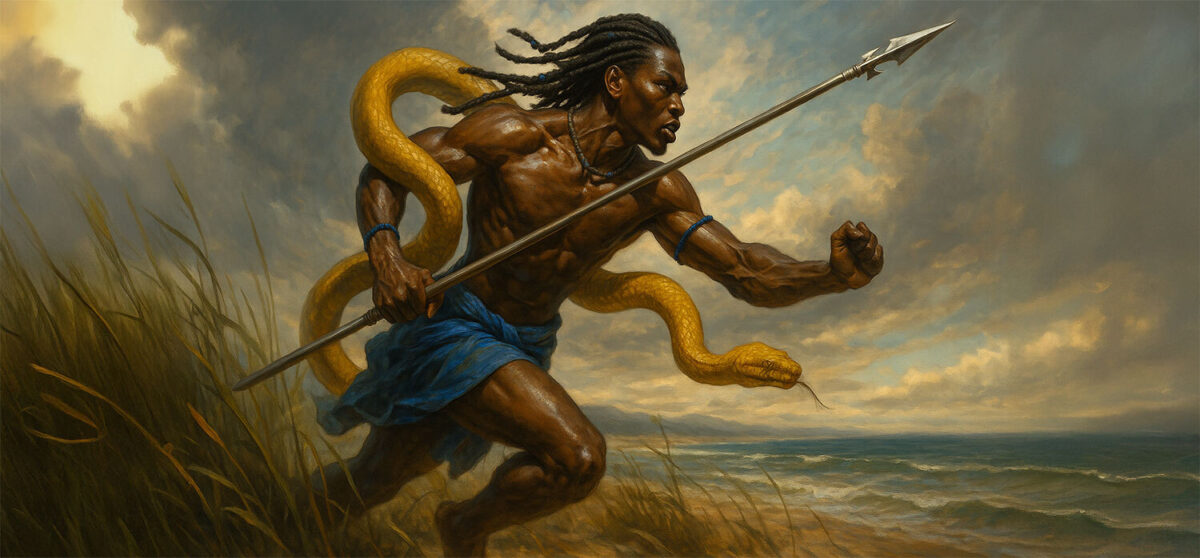
Inle, divine healer of the Orishas, stands as a protector of those navigating illness, identity, and emotional transformation, offering strength through silence.
The Sacred Work of Inle
Inle’s medicine touches the body, mind, and spirit. He helps us when we are sick, tired, or weighed down by life. He brings peace to pain and light to confusion. When we ask for his help, we may feel his presence in quiet moments, in the hands of a nurse, or in a dream that brings understanding.
As a fisherman and hunter, Inle also nourishes us. He protects those who live by the waters or rely on nature’s gifts. When we offer gratitude for food, healing, or comfort, we are honoring him.
Inle brings emotional calm and mental peace. His energy is gentle and quiet, easing anxiety and guiding us to hear our own truth. In stillness, he speaks. In silence, he heals.
He teaches that our inner voice matters. He helps us listen deeply and trust the path we walk, even when it feels uncertain.
Symbols, Offerings, and Devotion
Those who honor Inle use special colors, items, and prayers to connect with his spirit. These are ways to show love and invite his energy into their lives.
- Colors: Blue, white, yellow, and pink are the sacred colors tied to Inle. Blue connects to the calm, flowing energy of the sea. White represents purity, clarity, and spiritual light. Yellow speaks to healing insight and the warmth of divine care. Pink, drawn from the sacred coral found in estuaries, symbolizes gentle strength, emotional restoration, and beauty born from the union of land and sea.
- Numbers: The numbers 7 and 14 are important to Inle. They represent spiritual lessons, growth, and the journey toward healing.
- Animals: Animals tied to Inle include fish, snakes, and deer. Fish bring the message of abundance and flow. Snakes speak to healing and wisdom. The deer is quiet, strong, and graceful—just like Inle.
- Offerings: Offerings to Inle often include fresh fish, white flowers, fruits, herbs, and honey. Molasses or white pigeons may also be used as signs of respect. Each gift is chosen with care and given with prayer.
His sacred tools include a staff or harpoon decorated with snakes and a fish. Water, polished stones, or flowing cloth in his colors may also be placed on his altar.
Inle’s Spiritual Family and Companions
Inle shares deep connections with other sacred beings. Yemaya, the great mother of the ocean, often works closely with him. Where Yemaya comforts, Inle heals. Together, they offer deep care.
- Yemaya: In some traditions, Inle is considered a male aspect of Yemaya Mayaleo. Together, they embody the full spectrum of the nurturing and transformative power of water.
- Oshun: Inle is said to have had a romantic relationship with Oshun, the Orisha of love and rivers. Their bond reflects the harmony between healing and love, and the power of water to bring both together.
- Abata: Inle’s inseparable companion, Abata, is often depicted as deaf, while Inle is mute. Their relationship is a powerful symbol of communication beyond words, demonstrating that love and connection do not always require spoken language. This bond is significant within the LGBTQ+ community, emphasizing acceptance and understanding without needing to conform to societal expectations.
- Ochosi: Inle’s close friend and fellow hunter, Ochosi, shares a special bond with him. Together, they represent the dynamic balance of life and nature—hunting, healing, and protecting what is sacred.

With tender care, Inle prepares sacred remedies for Yemaya, restoring the great ocean mother through the sacred medicine of river and sea.
The Sacred Patakis of Inle
The stories of Inle, known as patakis, are sacred teachings passed down through generations in the Yoruba tradition. These tales are more than folklore—they hold spiritual truths and wisdom, revealing Inle’s deep compassion, healing power, and sacred role among the Orishas.
The Healer of Yemaya
Long ago, Yemaya—the great mother of the ocean—fell gravely ill. The other Orishas tried to ease her suffering, but nothing brought relief. In desperation, they called upon Inle. Quietly and with great care, he arrived, carrying his healing herbs and wisdom from both river and sea. He prepared sacred baths and gentle remedies, tending to Yemaya with tenderness and skill. Slowly, she began to heal. From that day forward, Inle was named the physician of the Orishas—the one they turn to when even the divine needs healing.
Inle and Abata
In another pataki, Inle and his beloved companion Abata offended either Shango or Obatala—depending on the version told—and were punished. Inle was made mute; Abata, deaf. Isolated together, they discovered a deeper way of communication through spirit, energy, and feeling. Their bond transcended words and became a symbol of deep, intuitive love. Today, they are honored as protectors of those who walk different paths—those who communicate differently, love differently, or live outside traditional expectations.
The Union of Inle and Oshun
Oshun, the radiant Orisha of love and rivers, once came to Inle in need of healing. As he tended to her with grace and quiet strength, their spirits intertwined. Love blossomed in their sacred exchange—uniting passion with renewal, affection with spiritual care. Their union represents the sacred harmony between heart and body, love and healing. Many still call upon Inle and Oshun together when seeking both emotional and physical wholeness.
When to Call Upon Inle
Inle’s spirit reaches those in need—those aching in the body, tired in the heart, or confused in the mind. He offers healing not only to the sick, but also to anyone seeking clarity, peace, or a return to wholeness. Many who walk the path of caregiving—nurses, herbalists, therapists, and spiritual workers—feel a deep connection to him. He is also a sacred ally for those exploring identity, gender, or transformation. Inle walks with all who journey between two places, whether physical or spiritual.
His feast day is honored by many on September 8th, a day shared with Archangel Raphael. It is a time to pray for healing, to offer fresh water, fruit, and soft flowers, and to light blue or green candles in his name. On this day, and whenever his guidance is needed, we create sacred space in his colors and call him in with quiet prayer and pure intention. In silence, he hears. In stillness, he answers.
Creating a Healing Altar for Inle
An altar is a sacred space where we can call on Inle’s energy. It should be calm, quiet, and full of love. Use blue and green fabric, candles, shells, and symbols of water. Cleanse the space first with sacred water or incense, then add items that reflect healing and peace.
Sit at the altar when you are seeking comfort, guidance, or healing. Speak to Inle in your own words. His presence will meet you in silence, with gentleness and strength.
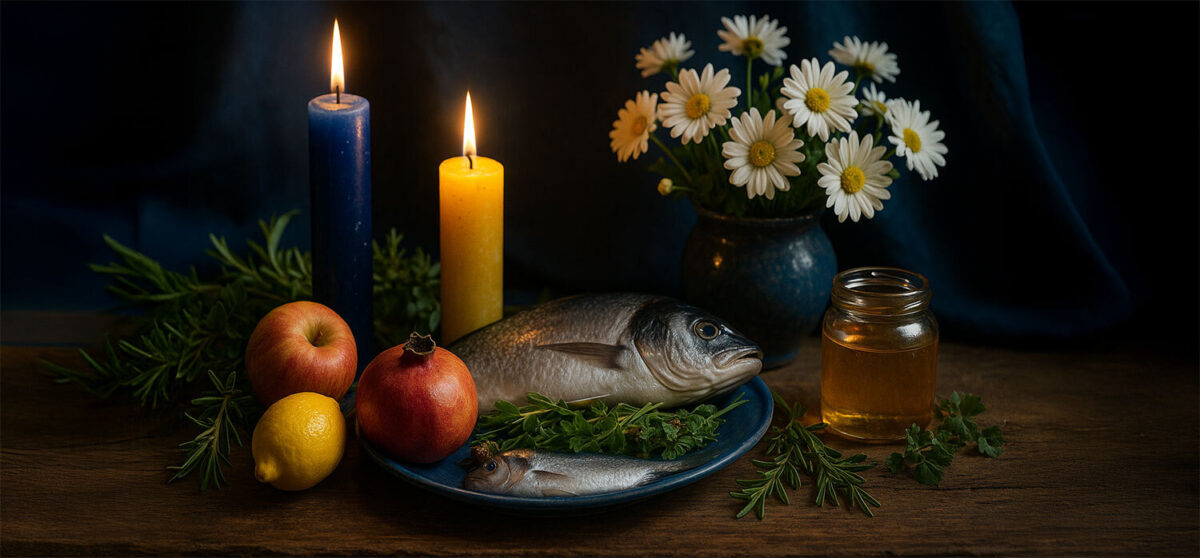
A sacred altar honoring Inle, with blue and yellow candles, fresh fish, flowers, fruits, herbs, and honey—each offering calling in his healing light.
Inle in Dreams and Quiet Signs
Inle often makes his presence known through subtle signs—especially dreams, quiet realizations, or a sudden sense of peace. He may appear during meditation or healing work, guiding the practitioner through silence and gentle intuition. Some experience his guidance through water scrying or divination, where his messages flow like gentle currents, helping the seeker uncover what is hidden. These signs are his way of speaking without words.
Three Rituals to Honor Inle
These rituals call upon Inle’s sacred energy for healing, clarity, and spiritual alignment. Performed with reverence, they help create a bridge between the physical and divine.
Healing Waters Ritual for Emotional Balance
This sacred rite soothes heavy hearts, clears emotional pain, and helps restore calm to the spirit. It is ideal for those experiencing grief, anxiety, or inner turmoil. Here are the spell components you will need for this ritual:
- Florida Water
- A blue candle or green candle
- A bowl of spring water
- Rose petals or white flowers
Cleanse your space with Florida Water, then add a few drops to your bowl along with the petals. Light the candle. Sit beside the bowl and speak from the heart—calling Inle into your space. Ask for peace. Sprinkle the water on your heart and brow, or pour it over yourself as a ritual bath.
Candle Ritual for Physical Healing
This candle spell invites Inle to help mend physical wounds, illnesses, or ailments of the body. It may be used before surgery or during recovery. Gather these sacred items before beginning:
- 7-Day Healing Candle
- Healing Oil
- White altar cloth
- Small bowl of basil, mint, or rosemary
Dress the candle with oil and place it on the altar. Light it while placing herbs around its base. Speak Inle’s name and invite his healing power. Each day, return to the candle to reaffirm your healing prayer.
Offering Ritual for Divine Guidance
This ritual opens the way for clarity during times of change or spiritual confusion. It helps connect you with Inle’s deep wisdom and insight. These are the ingredients you will need before you begin:
- Blue jumbo candle
- Frankincense or Myrrh Incense
- Silver or shell bowl for offerings
- Honey, herbs, or fresh fruit
Cleanse your altar and light the incense. Place your candle at center, with offerings before it. Speak your need for guidance and pour your offerings slowly and mindfully. Ask Inle to show you the way. Then sit quietly and listen.
Let the Healing Begin
To walk with Inle is to enter sacred waters—where wounds become wisdom and silence reveals truth. When we honor him, we honor healing in its truest form: slow, deep, and divinely guided.
